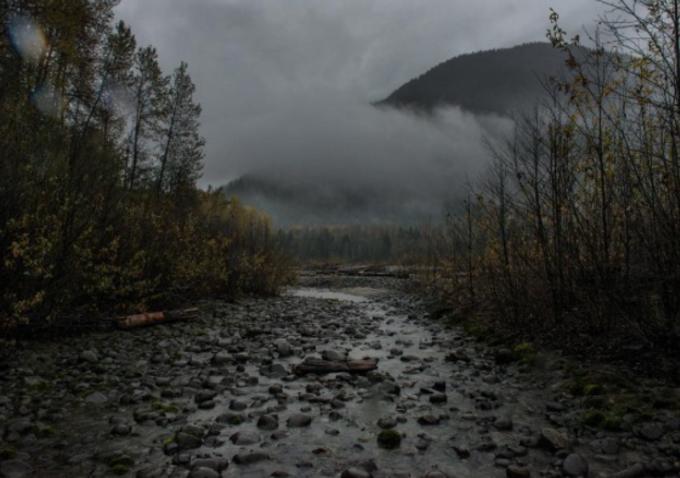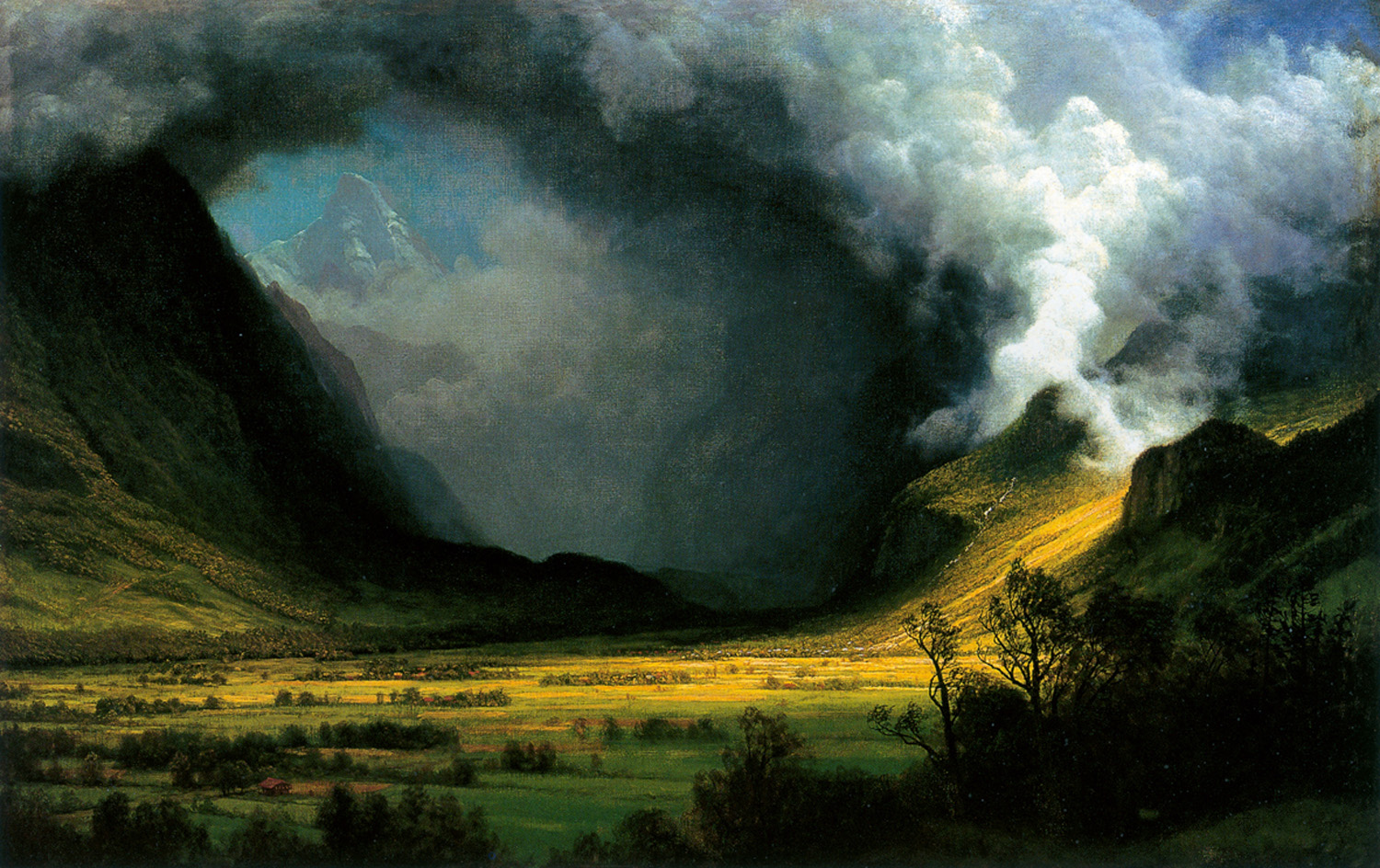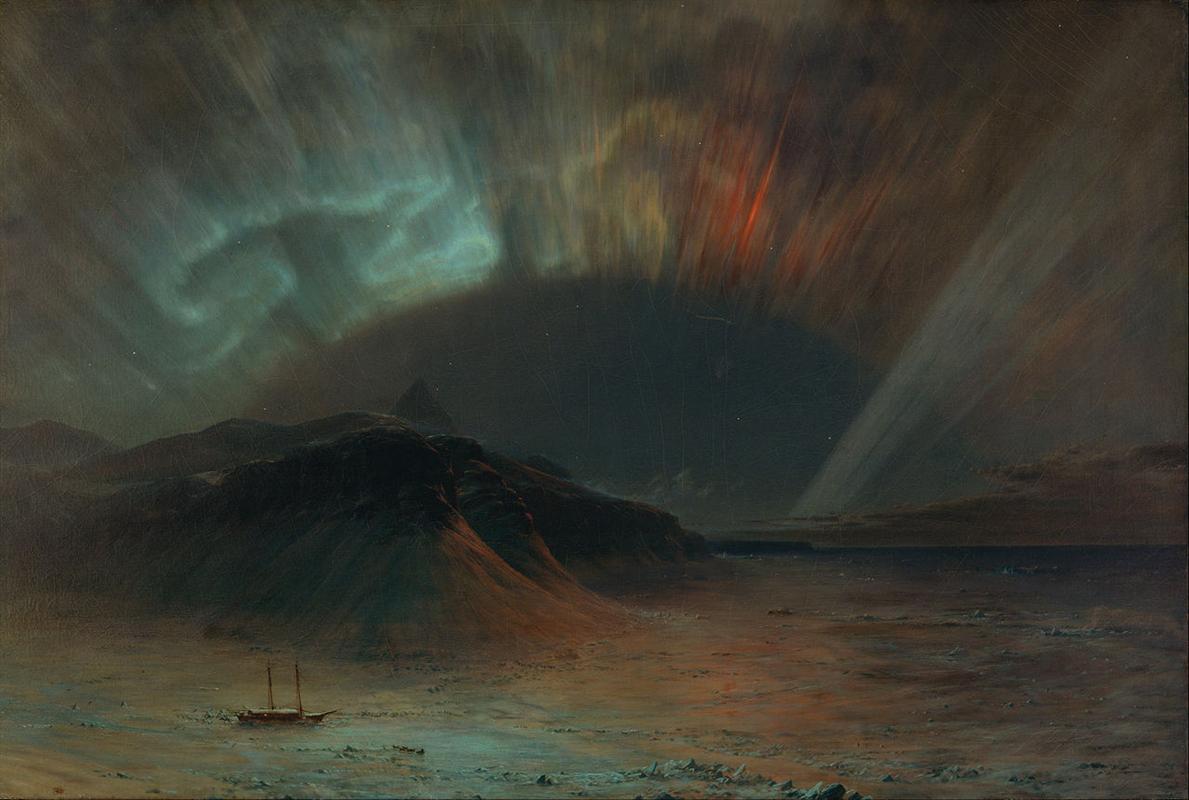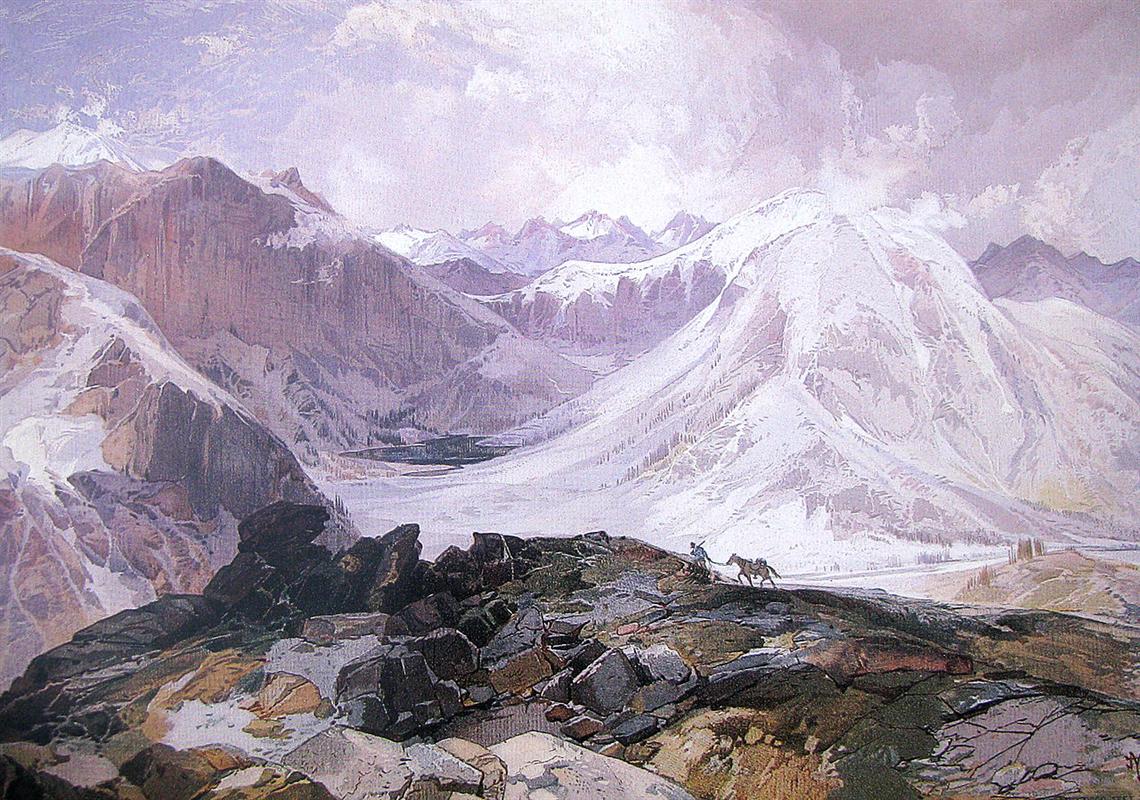Last week, I noticed a familiar name among the lists of COVID-19 dead—William Gerdts, a scholar who, literally, wrote the book on American Impressionism. I had to study his expansive and intimidating text American Impressionism for my Ph.D. qualifying exams. Instead of letting it blend into the rest of the the subjects and specialties that I had to learn, I focused in on his text, figuring that it was my duty, as a scholar of French Impressionism, to understand the American styles that came around as a result of what happened in France. This decision certainly made life harder for me at the time, but it helped me to understand more about these American paintings that I found so inscrutable in comparison to the French paintings that I loved so much.
The funny thing is that I had already been thinking about American Impressionism when I read that Gerdts had died. An art museum had posted a Childe Hassam painting of a landscape with flowers on social media - The Water Garden (1909). As I scrolled through my feeds, I lingered on it for a minute longer that I usually would.
With bright white flowers arranged in a soothing curve, surrounded by the lush green of the vibrant, healthy grass, the composition seems so stable, the brushstrokes so carefully managed. The caption the museum’s social media staff provides encourages immersion in the landscape. The framing of this patch of garden cuts out the distraction of the blue sky, and the flowers cover the path. You are left to feel as if you stand in the middle of the flowers, and only flowers lay in front and behind.
There is tranquility here, a calmness that is often absent in the famously frenetic brushwork of the French Impressionists. Indeed, American Impressionism evolved much later and never quite reached the extreme dissolution of form achieved by French painters like Monet. While the first Impressionist Exhibition was held in Paris in 1874, many American critics dismissed the style entirely until the mid-1880s, when exhibitions with works by Manet, Degas, and Monet began to arrive in New York City.
I have long perceived the stable compositions of American Impressionism as stiffness, perhaps even a failure of imagination. The fact that the most effective American Impressionists painted gardens at comfortable vacation homes and depicted beautiful women in upper middle-class dress (without the irony or social trickery of their French counterparts) suggested to me that they lacked the interest in and capacity to depict the gritty spectacle of urban living in the same way that their French counterparts would. When Hassam, for example, depicts Fifth Avenue in New York City, he paints from a bird’s-eye view, emphasizing the abstract patterns of traffic, movement, and light rather than the experience at street-level.
American critics initially resisted attempts by American artists at Impressionism. They claimed that the style still seemed too foreign, the manner of painting too affected, against a tradition of national painting that had fought for years to establish its quintessentially American identity. Hassam and his contemporaries continued on, eventually finding success and begetting a second generation of American Impressionists that pushed even further past the boundaries of what American critics could digest.
Now, despite my past doubts, I find those landscapes, with their evenness, a balm. They soothe because they revel in the flowers, grass, and sky that they present. They do lack grit and spontaneity, but they offer optimism from a time when America did flourish, though it did not always make the right choices. I skimmed my exam notes from Gerdts’ book as I wrote this post - 26 pages, single-spaced. His book brims with details, contextual tidbits of history, and manifestations of Impressionism from across the entire United States, far beyond just New York City and New England. When you think about it, the paintings themselves overflow with sunshine and spirit and expansiveness- the opposite of how we feel now.






